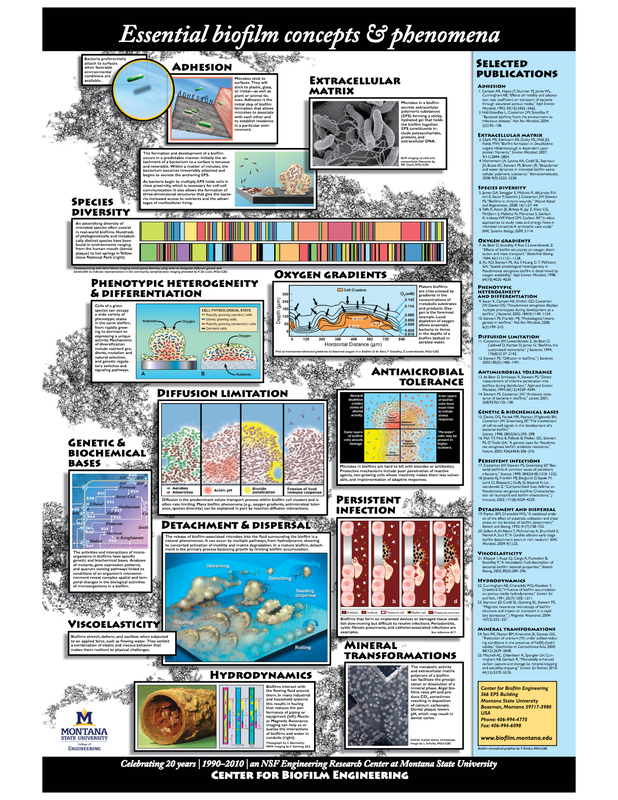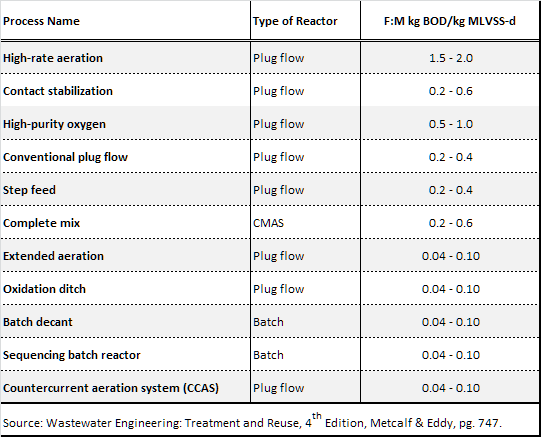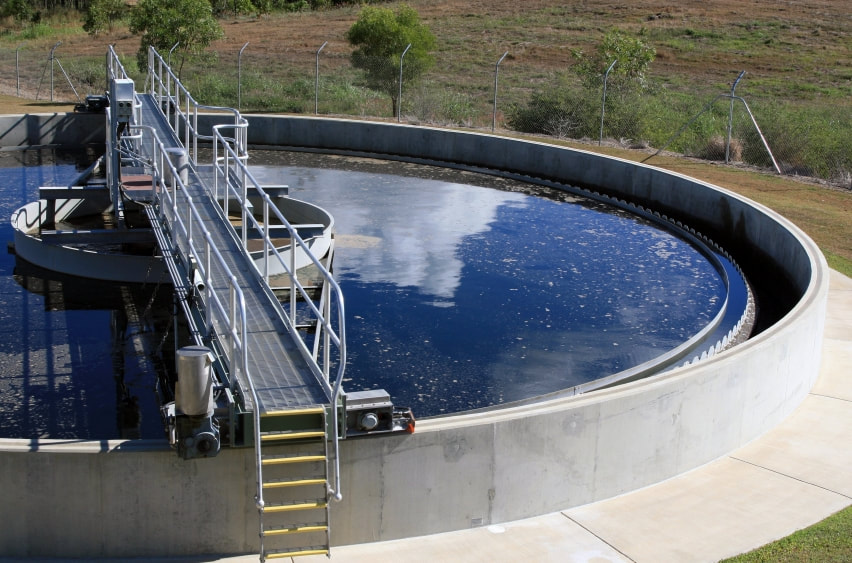The researchers at Montana State have created a great infographic on why biofilms are important that I want to share. It is a very good read.
|
Bacteria form biofilms (in wastewater we call this floc) for many reasons. Among the most important is to protect the individual cells from the surrounding environment and capture/concentrate nutrients necessary for growth. Montanta State University actually has a group focusing on biofilms - http://www.biofilm.montana.edu/
The researchers at Montana State have created a great infographic on why biofilms are important that I want to share. It is a very good read. Food to microorganism ration has long been used to operate activated sludge sytems. I will start out saying calculated F/M should not be the only operational parameter you shoud evaluate. F/M has good and bad points that should be considered. As with all wastewater control information, you should use F/M with other data points and knowledge of your treatment system.
F/M background
In addition to F/M consider the following parameters that you probably already run
When we use the term "bugs" for our wastewater microbial poulation, we are simplifying what is actually a community of thousands of microbial genera. The organisms form functional groups that ensure complete waste treatment. An important part of this action is the formation of Extracellular Polymeric Substances (EPS). The EPS is the glue that holds cells in a biofilm or floc. EPS is composed of polysaccharides, proteins, enzymes, and DNA that form a matrix containing bacteria, particulates, and stored organic compounds. Even filamentous bacteria are needed for "best" quality floc. As long as the filmanets are functioning in their macrostructure role and inside the floc, the flilaments are beneficial. So maintaining EPS at proper composition and levels is key to separating the biomass from treated effluent even if you use clarifiers, DAF, MBR, or other solids separation system. Now for a few common reasons why secondary polyer demand can increase:
Keeping stable Ammonia Oxidizing Bacteria (AOB) and Nitrite Oxidizing Bacteria (NOB) populations in wastewater can be a challenge. Some factors that can result in population instablity include:
What I have learned or seen proof of working during the testing
|
AuthorErik Rumbaugh has been involved in biological waste treatment for over 20 years. He has worked with industrial and municipal wastewater facilities to ensure optimal performance of their treatment systems. He is a founder of Aster Bio (www.asterbio.com) specializing in biological waste treatment. Click to set custom HTML
Archives
April 2024
|





 RSS Feed
RSS Feed